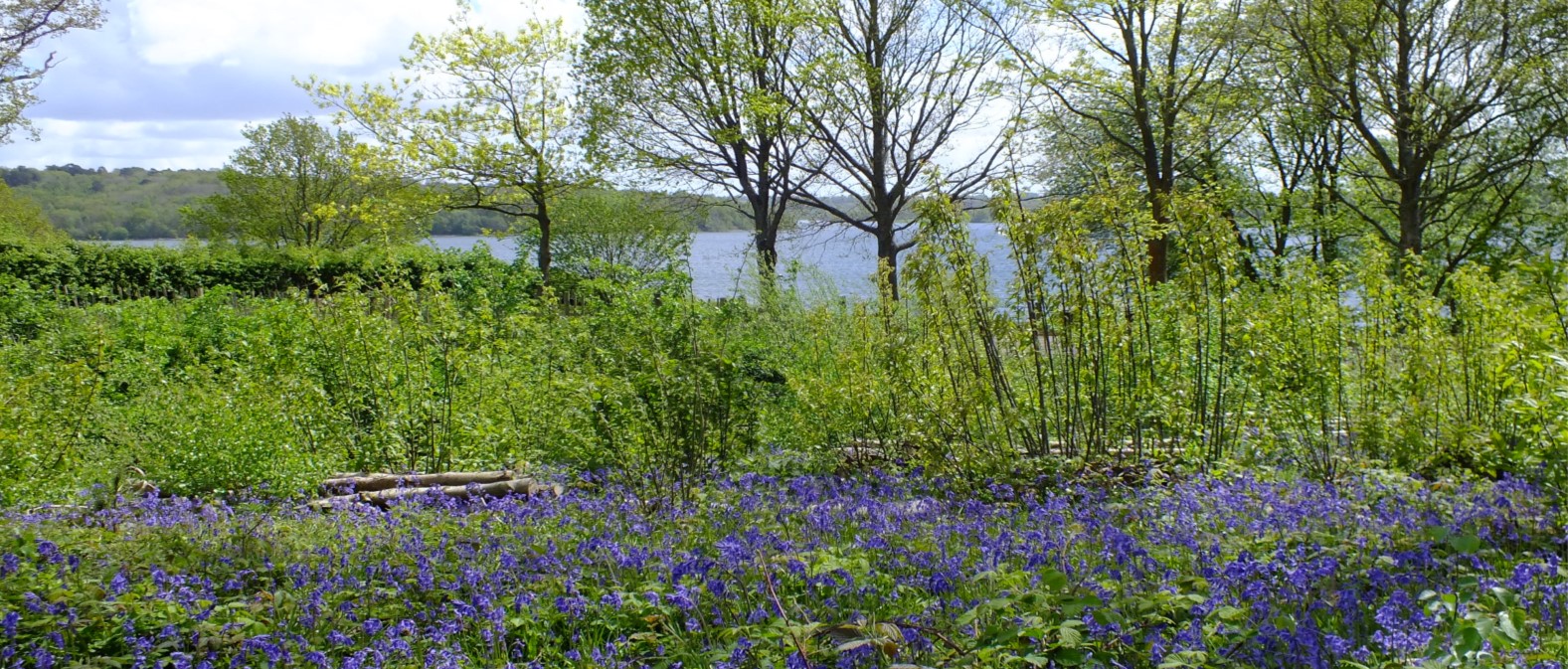Since the day it was proclaimed in 2013, World Wildlife Day has become the most important global annual event dedicated to wildlife.
The observance allows the opportunity for people to learn more and raises awareness about the variety of species of animals and plants all over the world.
Bewl Water is home to a large variety of wildlife living in and around the lake and woodlands. We’ve listed just a few here:
Hornbeam: Native to the South of England, the Hornbeam is a hardwood tree. The bark is a pale grey with vertical markings and often has a short twisted trunk. Mature trees can grow to a height of 30 metres and live for more than 300 years. A Hornbeam will keep its leaves all year round, providing shelter for nesting opportunities for birds and small animals.
Oak: The English Oak is probably the most commonly known native tree in Britain. The oak tree grows to around 20 – 40 metres tall. They have smooth, silvery brown bark, which becomes rugged with age.
Coot: The Coot is a small all-black water bird, cousin to the Moorhen. The Coot has a distinctive white beak with a shield above it. Its feet have lobed flaps of skin on the toes creating a webbed effect to help when swimming. They predominantly eat plant material but are known to also eat small animals, fish and eggs.
Heron: The Heron is a tall grey bird with long legs and a long beak with black and white in its feathers. They eat fish, small birds and small mammals. When flying, they retract their necks, unlike the outstretched style of similar unrelated birds including cranes and storks.
Great Crested Grebe: An elegant water bird, the Great Crested Grebe is one of the most hunted birds due to its elaborate feathers. They prefer water and will dive to feed as well as escape predators and danger. You may see the parents often carry the small chick on their backs; it’s seems it’s a bit of a trick as it can make them surprisingly difficult to spot.
Bluebells: Spending the majority of the year as blubs underground, the Bluebell flower is a spring time plant; one of the nation’s best loved wild flowers. Up to 20 sweetly scented flowers can grow on one flower stalk with 6 petals on each flower. They are bell shaped and can be blue, white and even pink! Almost half the world’s population of bluebells grow in the UK, where bees, butterflies and other insects feed on the nectar.
Wood Anemone: Another spring plant, the Wood Anemone is a white flower that blooms between March and May. The stems are thin and red and the petals may have pink/purple streaks or markings. You will often see the hoverflies visiting these flowers. Although a pretty flower, take care as the Wood Anemone is poisonous and can cause skin irritation and illness if ingested.
How many can you spot on your way round Bewl? Grab yourselves a map on entry and tick them off as you take a walk around the reservoir whilst taking in the beautiful views.
Find out more about Bewl Water’s nature here!

